Restaurant Accounting that Drives Profitability
See real-time financials, control costs, and grow smarter.
Get full visibility into performance across locations, automate tasks like invoicing and payroll, and make data-driven decisions that improve efficiency and strengthen margins.
Smarter Restaurant Accounting with Restaurant365
Less Hassle. More Insight.
Empower your restaurant operations with integrated accounting solutions that automate day-to-day tasks, boost efficiency, deliver actionable insights, and help your team focus on what matters most—growing your business.
Restaurant-Specific AP Automation
Save time, reduce errors, and control cash flow by automating your accounts payable from end to end.
- Auto-capture, code, and route invoices for fast approval
- Control costs with vendor pricing tracking
- Reduce costs and pay securely with digital payments
- Maximize savings by auto-applying credit memos to invoices
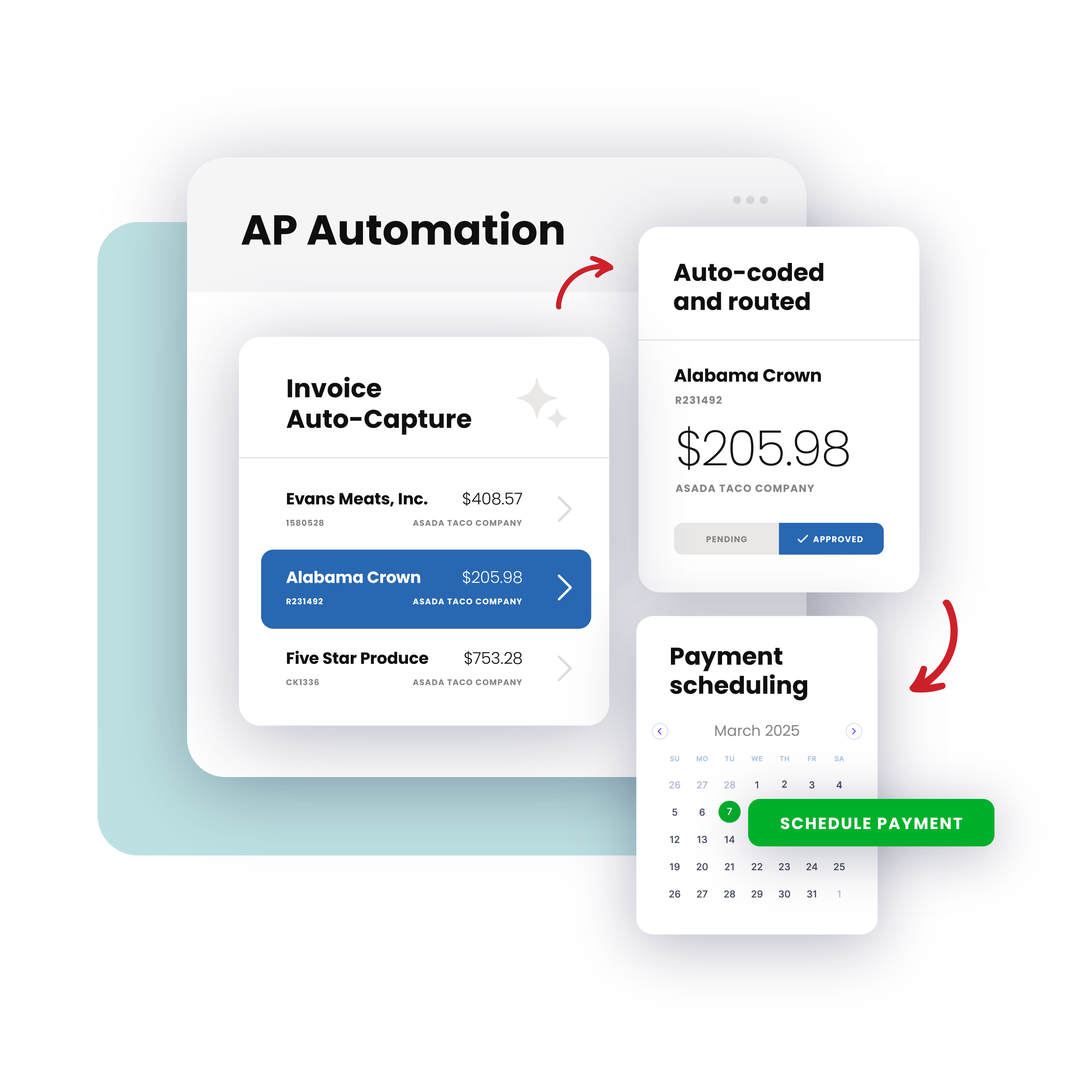
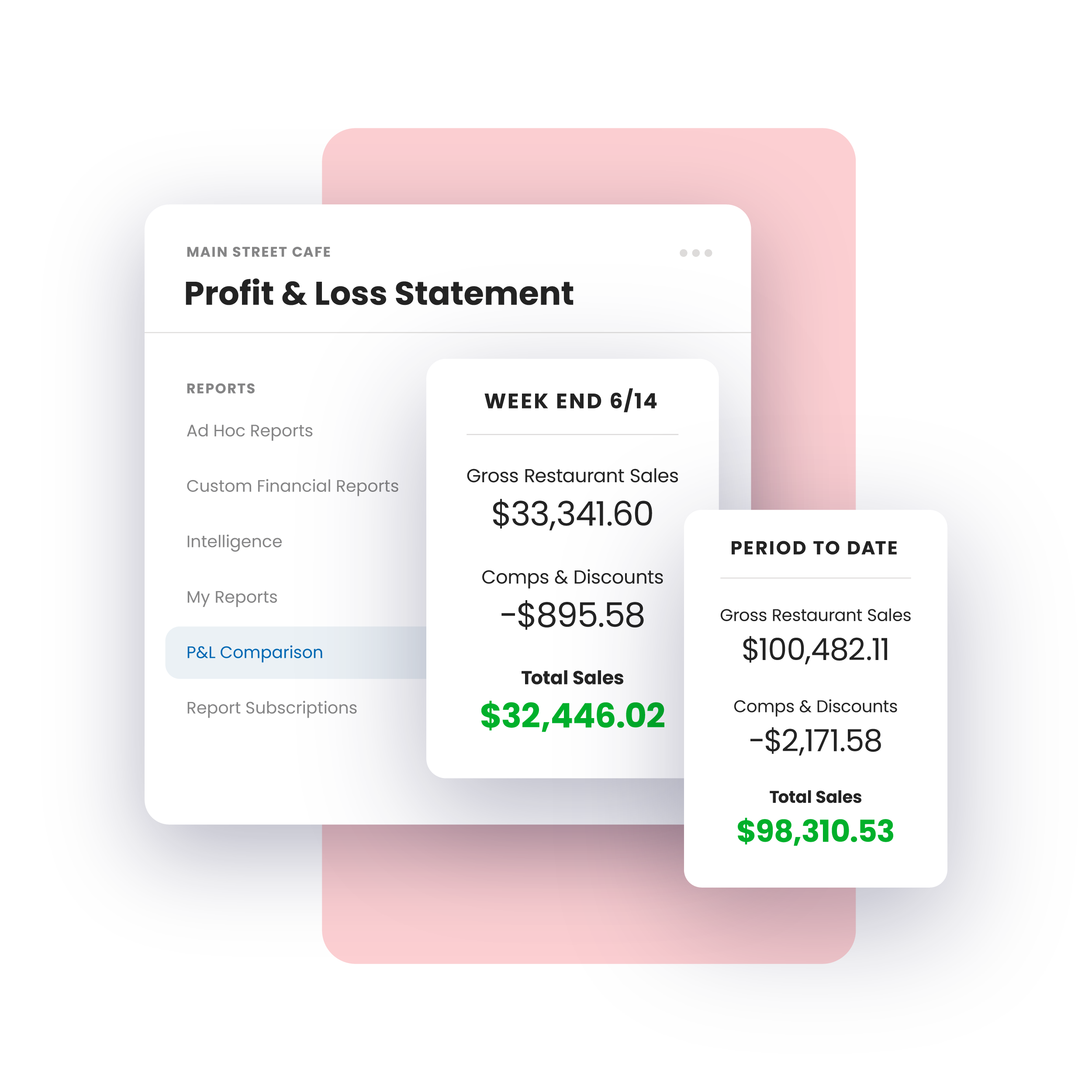
Financial Reporting for Restaurants
Make confident decisions with a real-time, complete view of your restaurant’s financial health.
- Instant, accurate reporting with POS data integration
- Access reports that deliver fast, actionable insights
- Enable quick decisions with instant report sharing
- Track P&L, labor, and cash flow in one place
Banking Built for Restaurant Operators
Reduce busywork and improve accuracy by connecting directly with your bank for seamless reconciliations.
- Save time with automated transaction matching
- Streamline reconciliations for faster, confident closes
- Enhance cash accuracy and audit readiness for tighter control
- Get real-time visibility into cash flow for smarter financial decisions
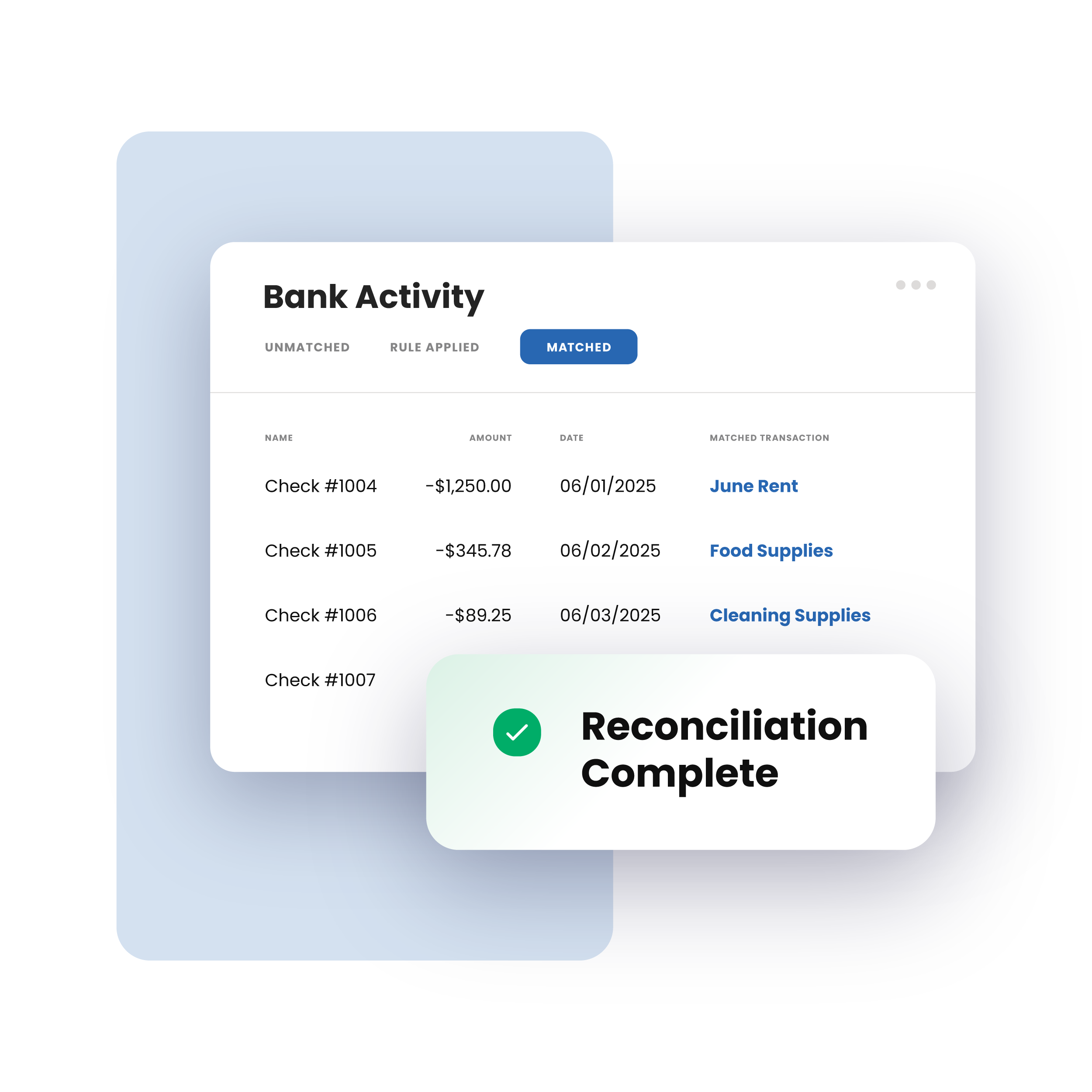
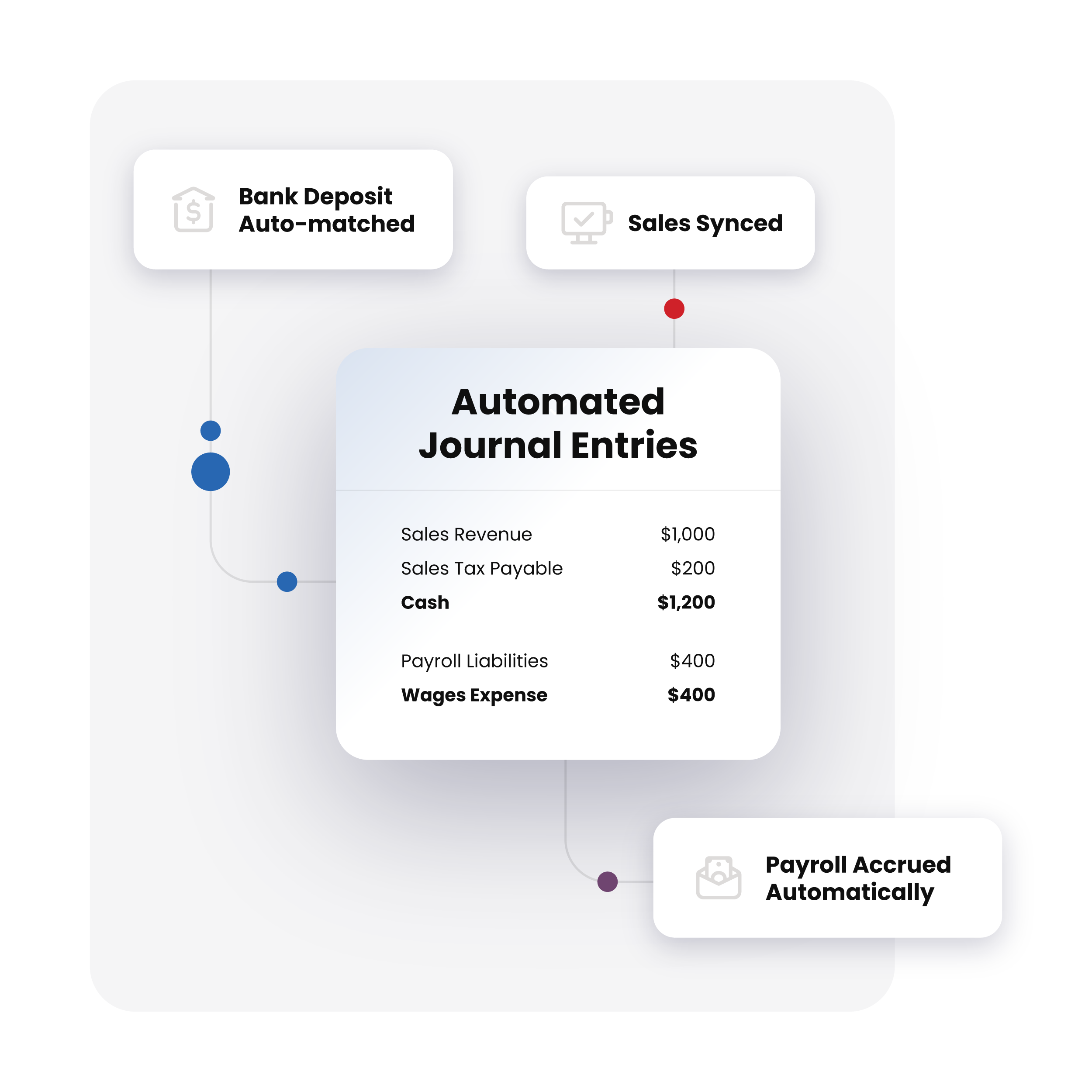
Restaurant Bookkeeping Software
Ensure your books are accurate and always up to date—without the busywork.
- Make faster, better decisions with real-time POS and bank syncing
- Automate journal entries and reconciliation to close faster
- Improve accuracy by eliminating errors and streamlining reporting
- Free your team from bookkeeping hassles to focus on growth
What Customers are Saying
Lynn VanPelt, Controller
Millennium Restaurant Group

Fixed Asset Management for Restaurants
Stay organized and compliant by tracking, managing, and depreciating assets in one place.
- Streamline asset tracking for better financial oversight
- Automate depreciation and reporting
- Maintain visibility into asset lifecycles for better planning
- Centralize asset data to reduce errors and simplify audits
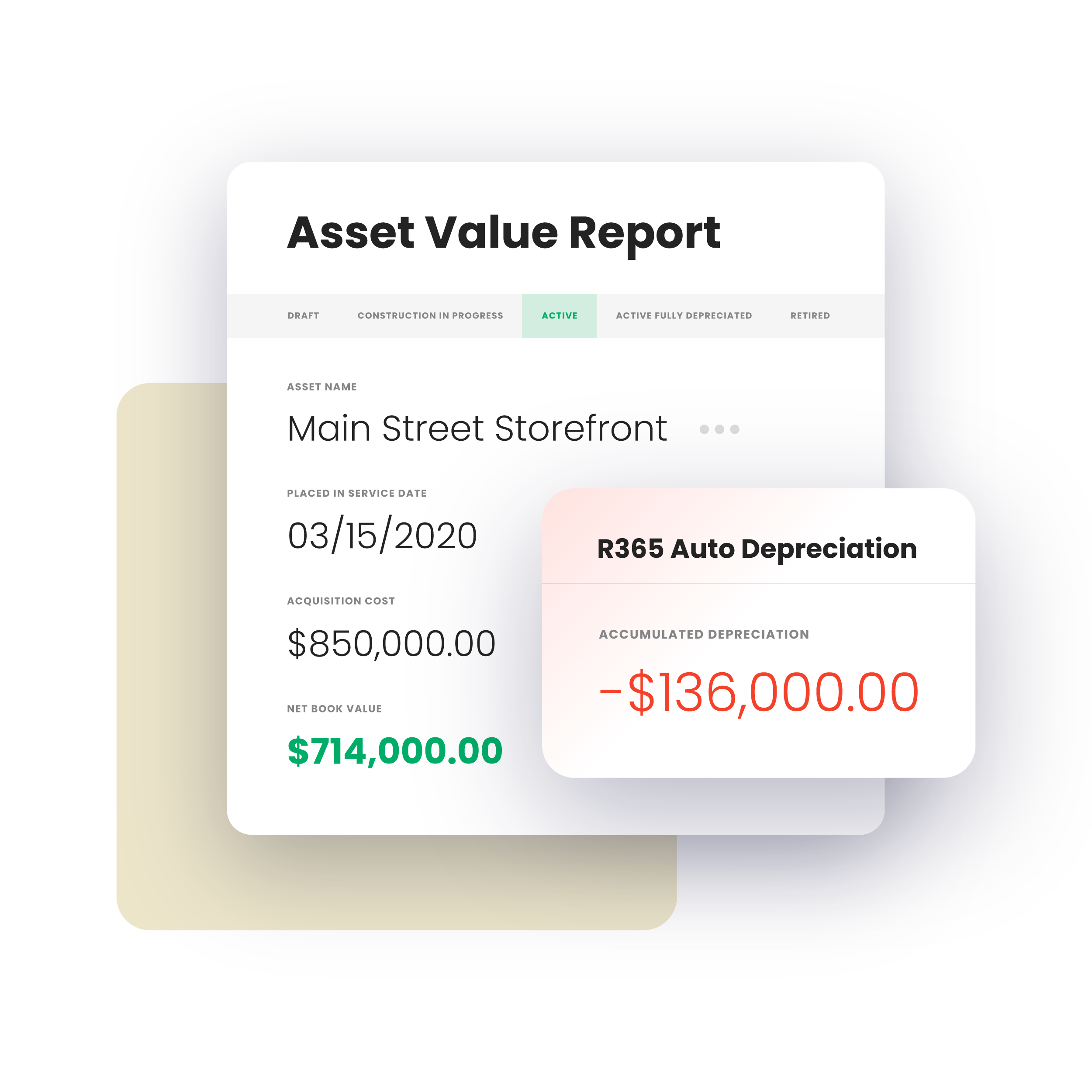
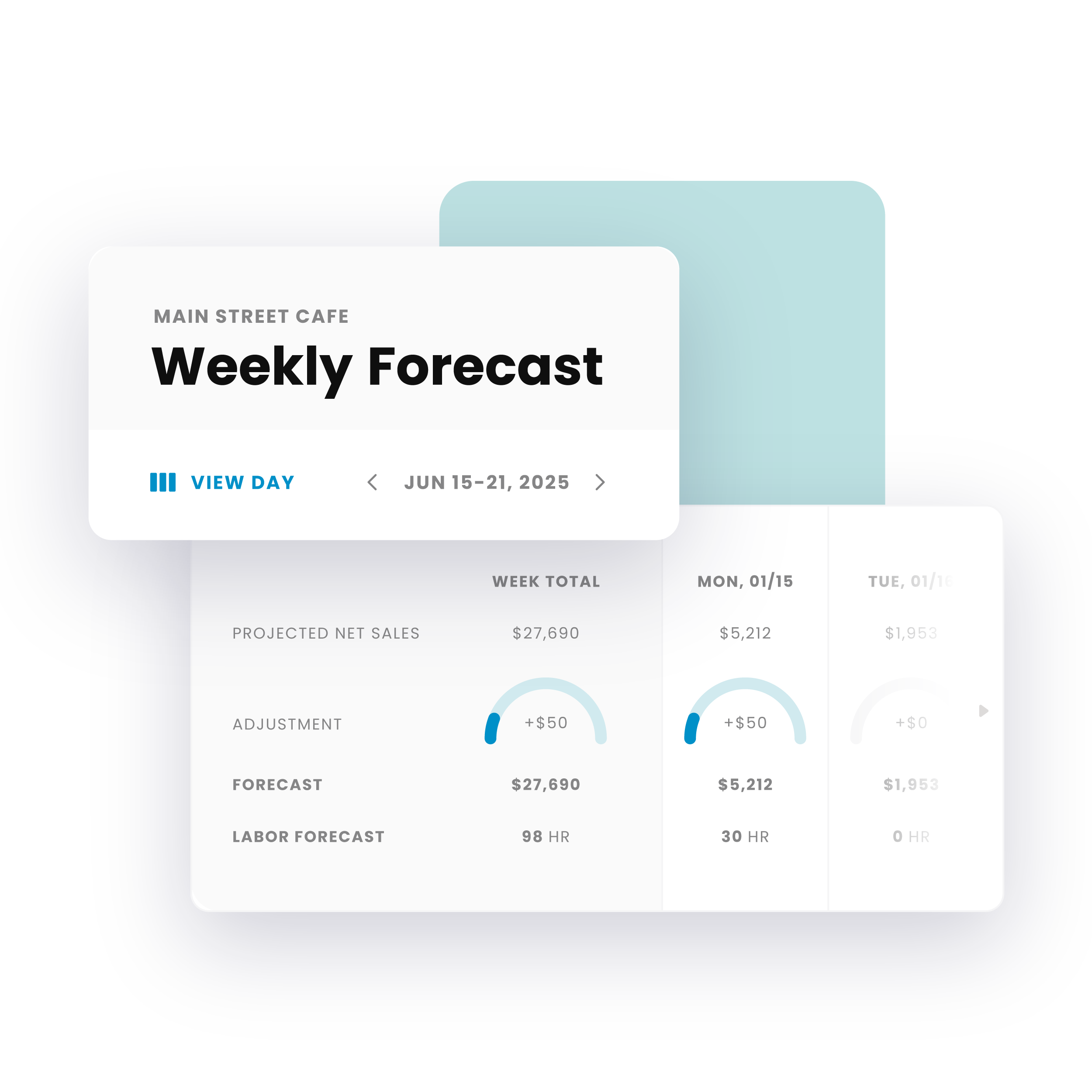
Budgeting and Forecasting Tailored to Restaurants
Set goals and stay on track with real-time forecasts based on your restaurant’s performance.
- Use historical data to forecast sales and labor with confidence
- Create and track budgets by location for better control
- Compare actuals to targets to stay on track and adjust quickly
- Identify trends early to make proactive financial decisions
Ready to take control of your restaurant’s financial future?
RESOURCES
Explore Tools to Elevate Your Accounting
Browse our most helpful accounting resources designed to simplify reporting, reduce errors, and help your team win on the bottom line.
FAQs
Restaurant accounting comes with unique challenges, from tracking prime costs to calculating break-even sales. This FAQ answers common questions about accounting methods, industry cost benchmarks, and key financial metrics every operator should know.
What’s the difference between cash accounting and accrual accounting for restaurants?
Cash accounting records sales and expenses only when money actually changes hands, making it simple and good for tracking cash flow but less accurate for profitability. Accrual accounting records income when earned and expenses when incurred, giving a truer picture of performance but requiring more complexity. Smaller restaurants may prefer cash, while larger or growing ones usually need accrual for accurate financials and compliance.
What are prime costs, and how do I calculate them?
Restaurant prime costs are the combined total of cost of goods sold (COGS) — food and beverage costs — plus labor costs, including wages, payroll taxes, and benefits. To calculate, add your total COGS and total labor costs for a given period. Prime costs are a key metric because they usually make up the largest share of expenses and directly impact profitability.
What percentage of restaurant sales should labor, food, and beverage costs be?
In most restaurants, food costs should run about 28–35% of sales, beverage costs about 18–24% (often lower for alcohol), and labor costs around 25–35%. Together, these make up prime costs, which ideally should stay under 60–65% of total sales. The exact percentages vary by concept, pricing, and service style.
How do I calculate break-even sales for my restaurant?
To calculate break-even sales, divide your total fixed costs (like rent, salaries, insurance) by your contribution margin ratio (sales minus variable costs, expressed as a percentage of sales). This tells you the exact sales needed to cover all expenses with zero profit or loss. Anything above that point contributes to profit.
What POS and payroll systems does Restaurant365 integrate with?
Restaurant365 integrates with many popular POS systems like Toast, Square, Aloha, Micros, Clover, and Lightspeed, pulling in sales and labor data automatically. It also connects with major payroll providers such as ADP, Paychex, Gusto, Paycor, and UKG to streamline payroll processing. These integrations help restaurants unify operations, reduce manual entry, and improve accuracy in accounting and labor management.
Does R365 accounting software handle multi-unit and multi-location accounting?
Yes, Restaurant365 supports multi-unit and multi-location accounting. It allows you to centralize financial data across locations, handle intercompany transactions, run multi-state payroll, share inventory, and generate consolidated or location-level reports.
Does R365 offer inventory tracking that ties directly into accounting?
Yes, R365 offers inventory tracking that ties directly into accounting. Its inventory module records purchases, counts, transfers, wastage, and cost changes in real time and automatically posts the corresponding journal entries to the general ledger.
Can it sync with scheduling and payroll software?
Yes, R365’s scheduling module is built into the platform and syncs with both accounting and payroll, enabling daily payroll accruals and linking staffing data to labor costs. R365 also supports integrations with payroll systems like Paycom, where employee punch data from POS flows into payroll and payroll journal entries are imported back to R365.
